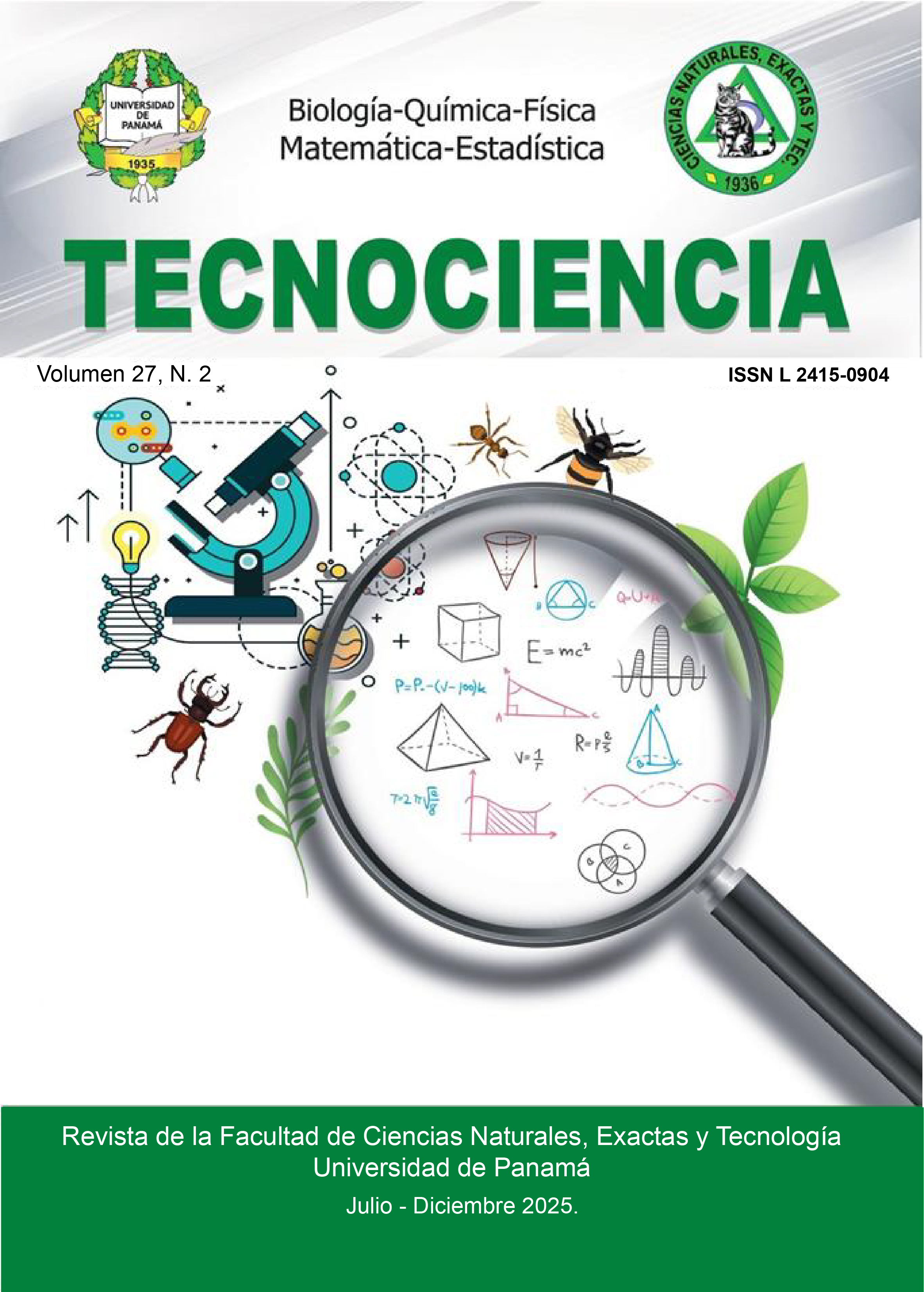

Copyright (c) 2025 Tecnociencia

This work is licensed under a Creative Commons Attribution-NonCommercial-ShareAlike 4.0 International License.
Earthquakes represent one of the most significant geological hazards, as they possess the highest destructive potential worldwide (Benito Oterino, 2013). Rapid urban growth, driven by increasing housing demand, has led to the expansion of settlements into areas lacking territorial planning (INEC, 2023), which may be exposed to geological hazards. This absence of planning has sparked interest in conducting investigations aimed at characterizing ground conditions. To this end, an analysis of ambient vibrations is proposed using the Nakamura H/V technique (Nakamura, 2019) with broadband seismometers, to identify areas with
potential local wave amplification, along with the assessment of the geotechnical characteristics of the zone, which includes materials ranging from the Oligocene to the Quaternary (Cowan et al., 1998; García, 2010; Rockwell et al., 2010). Field campaigns have identified various types of rocks, residual soils, and colluvial deposits, each exhibiting specific weathering and compositional characteristics.
The project focused on the collection of data from 40 sampling points using broadband seismometers, soil sampling to identify geotechnical and geophysical properties, and the analysis of borehole data from constructions within the study area, with the objective of developing a stratigraphic model to be implemented in DEGTRA (Lermo & Chávez-García, 1994). Consequently, to enhance the level of detail, a seismicity histogram was incorporated, comprising a total of 213 seismic events recorded by the Institute of Geosciences of the University of Panama during the period between 2016 and 2023, in order to support the assessment of seismic activity.